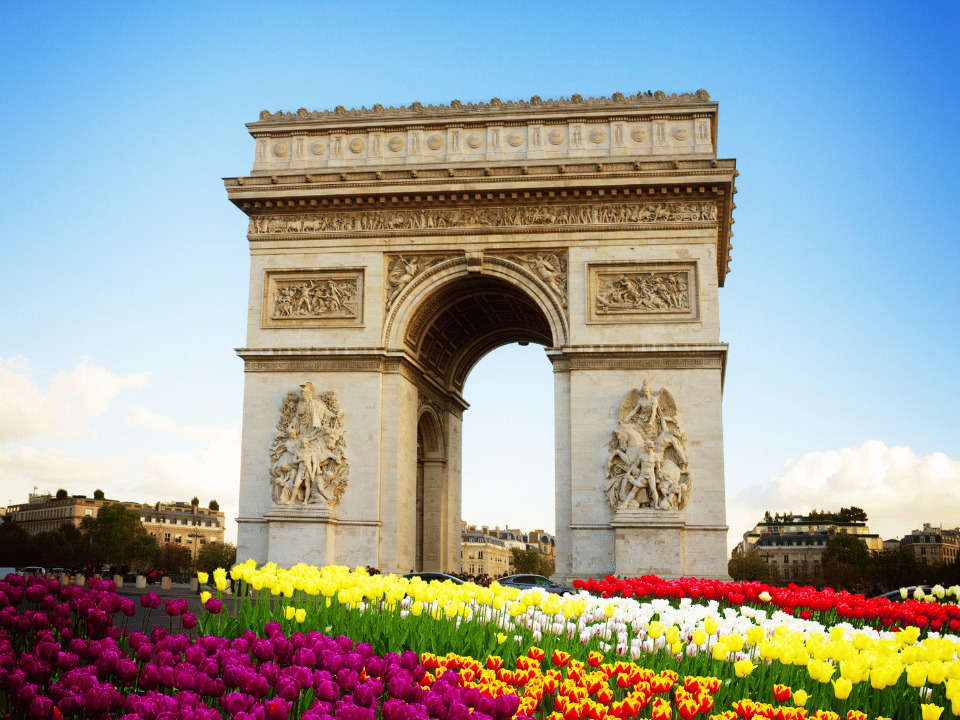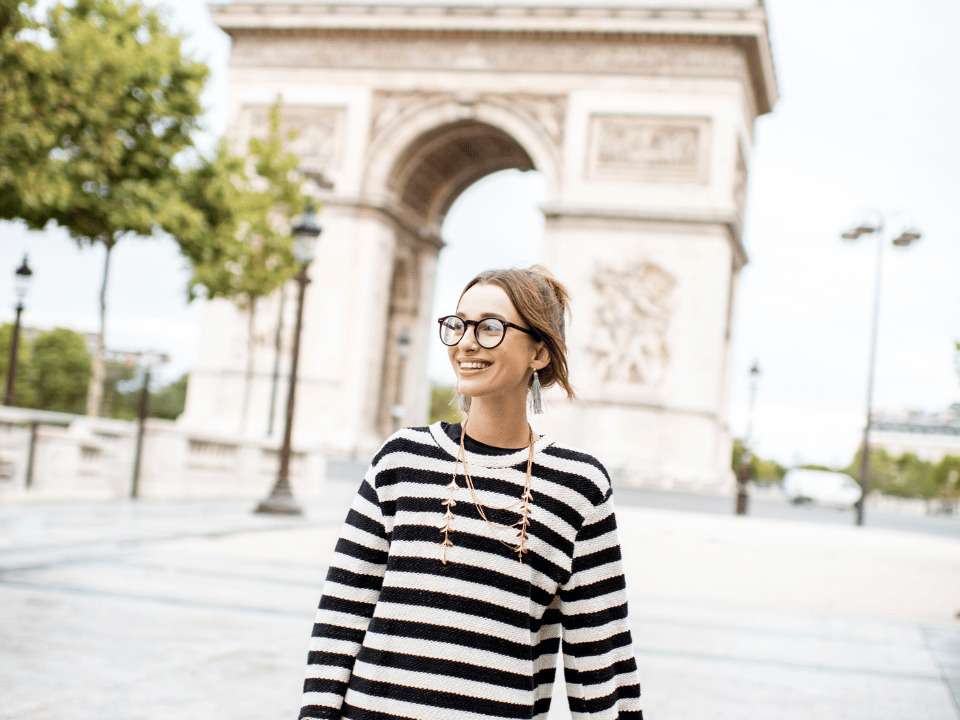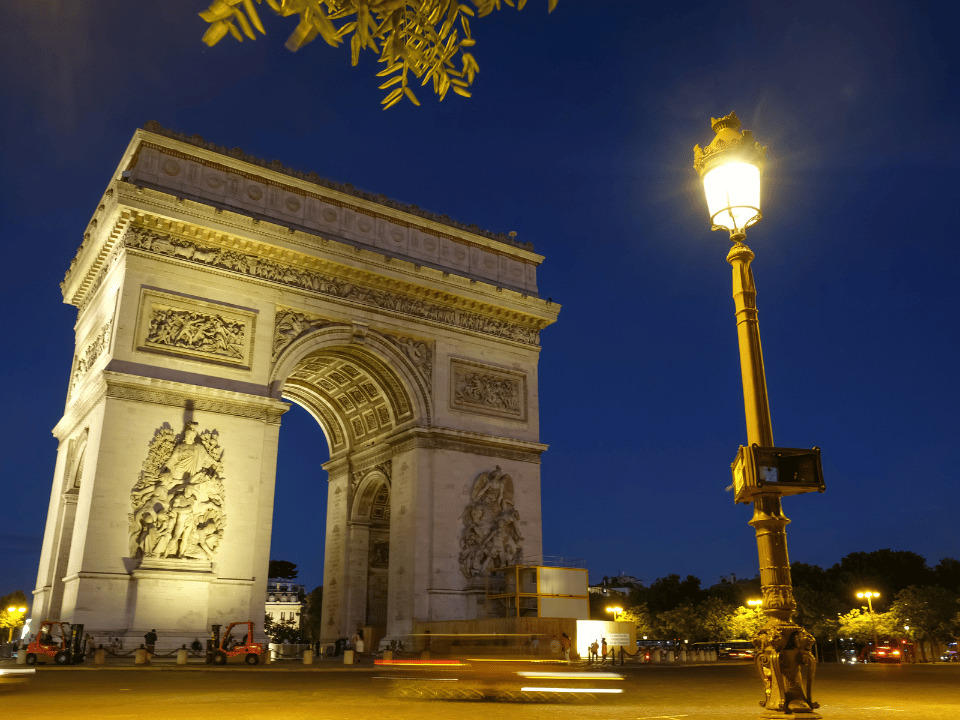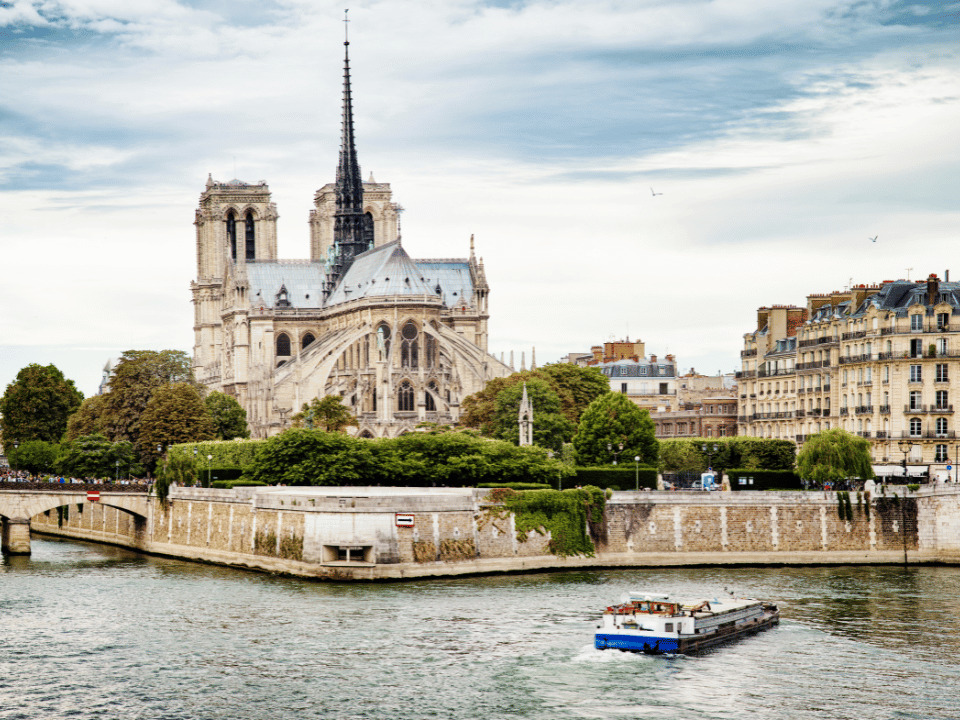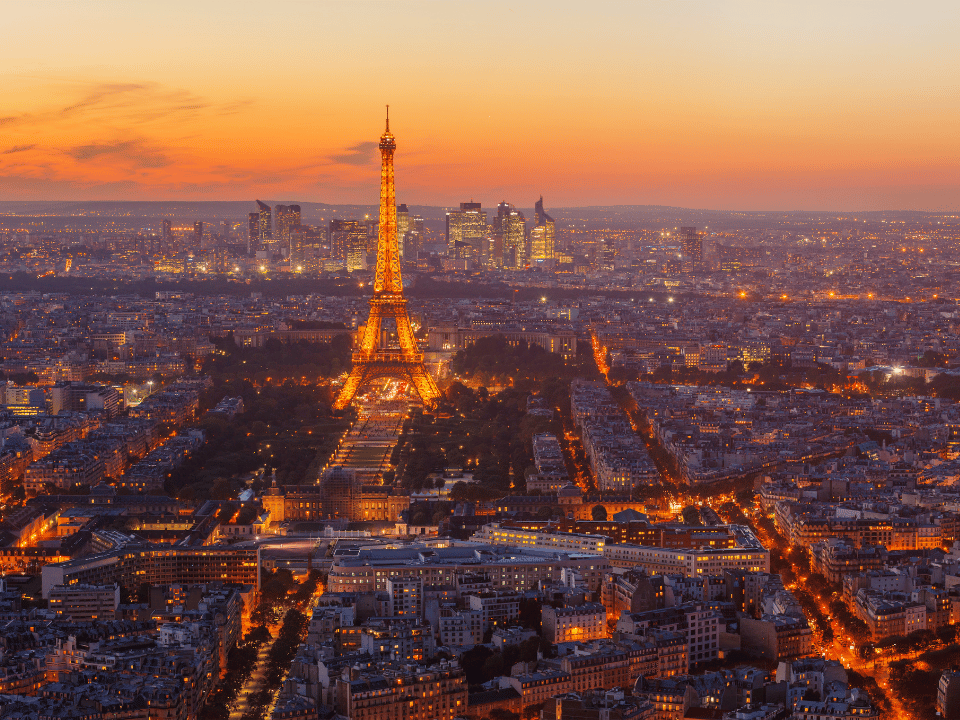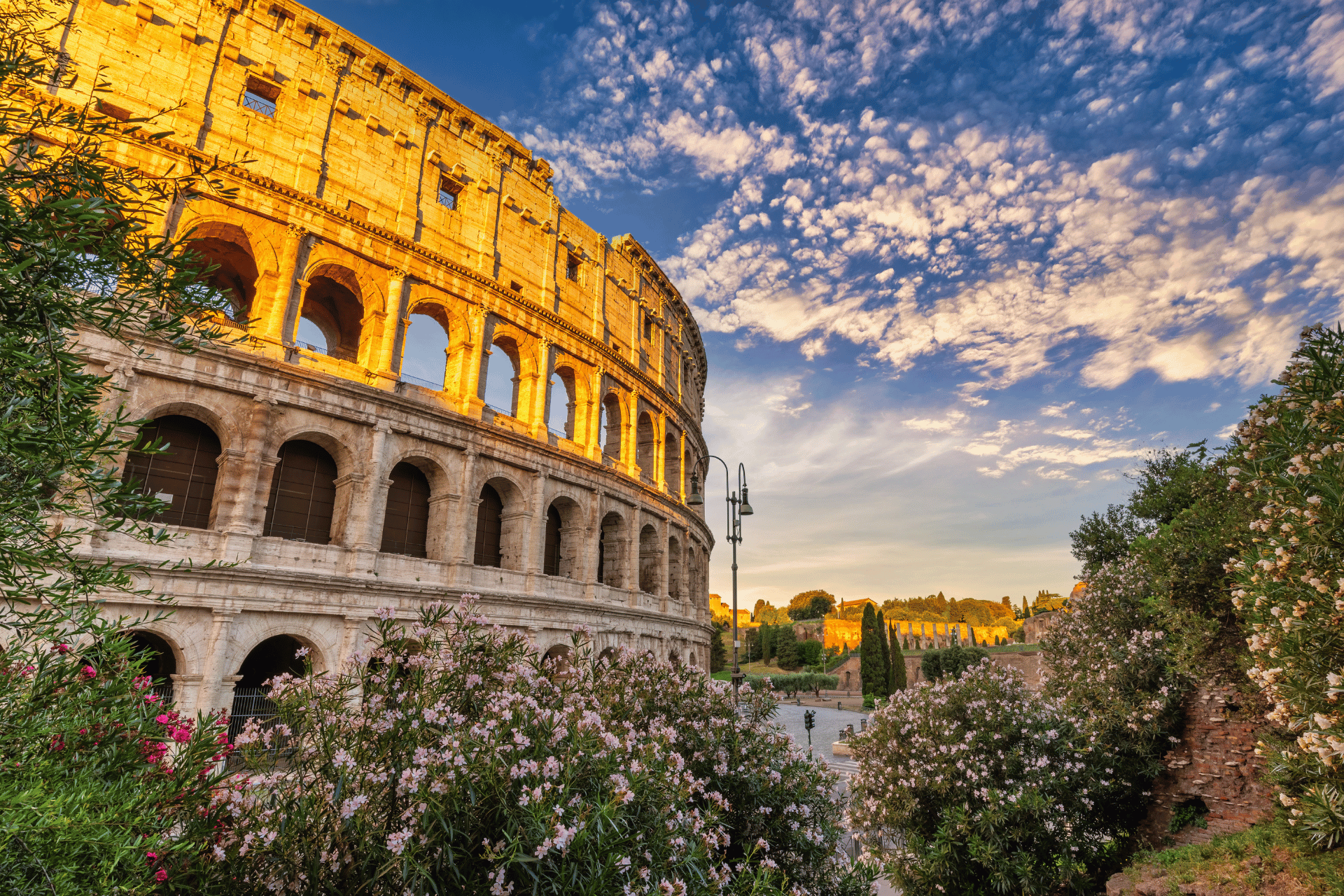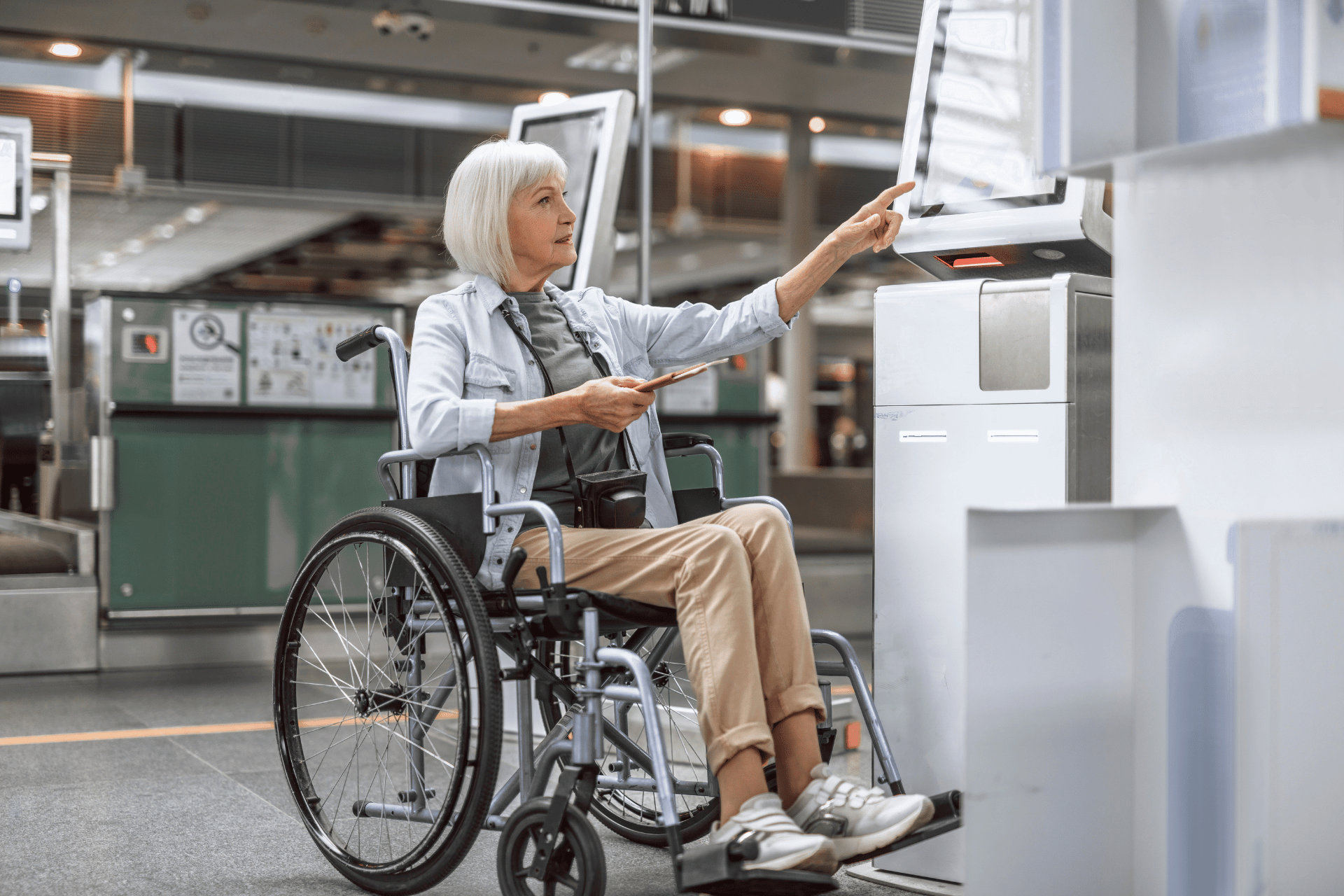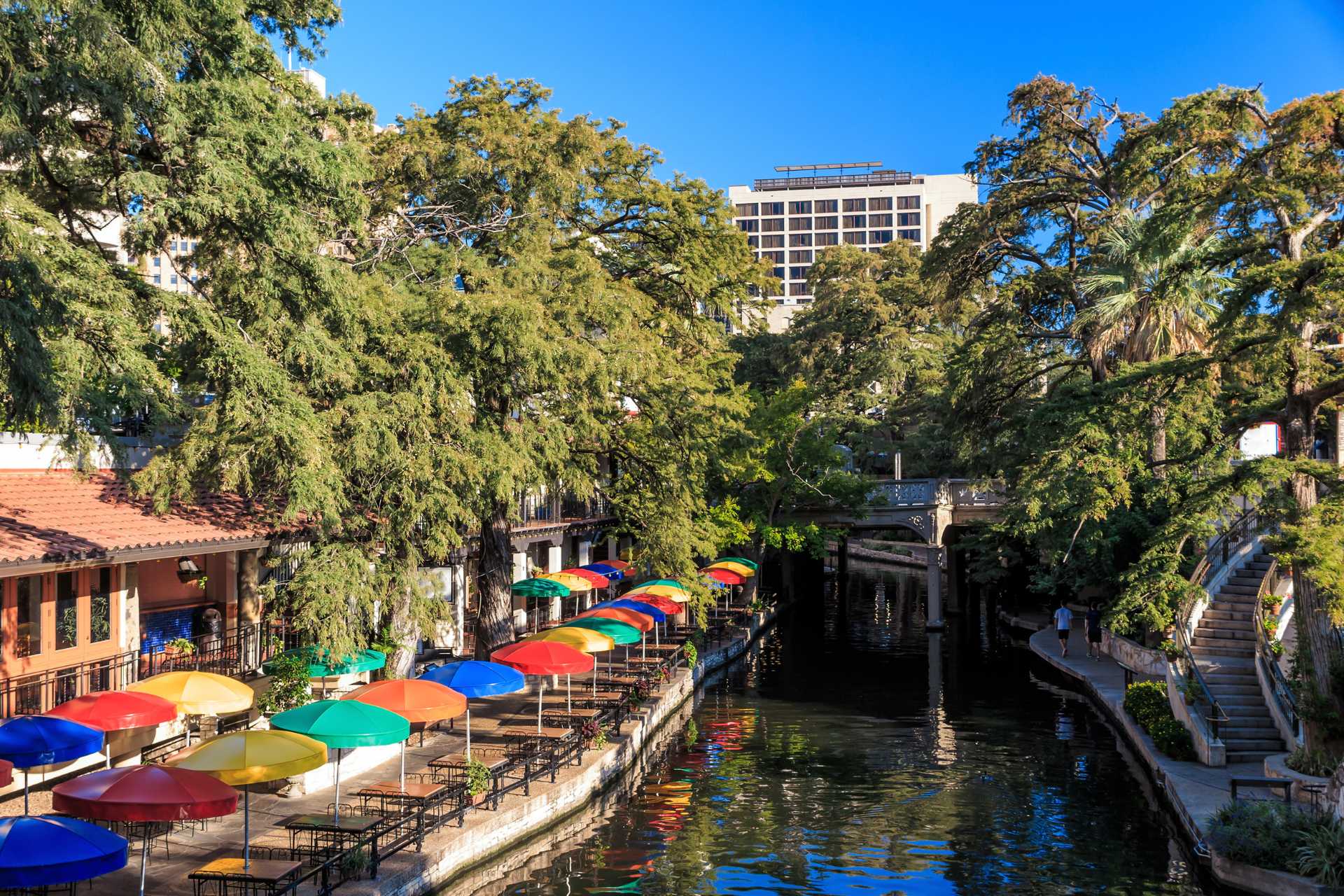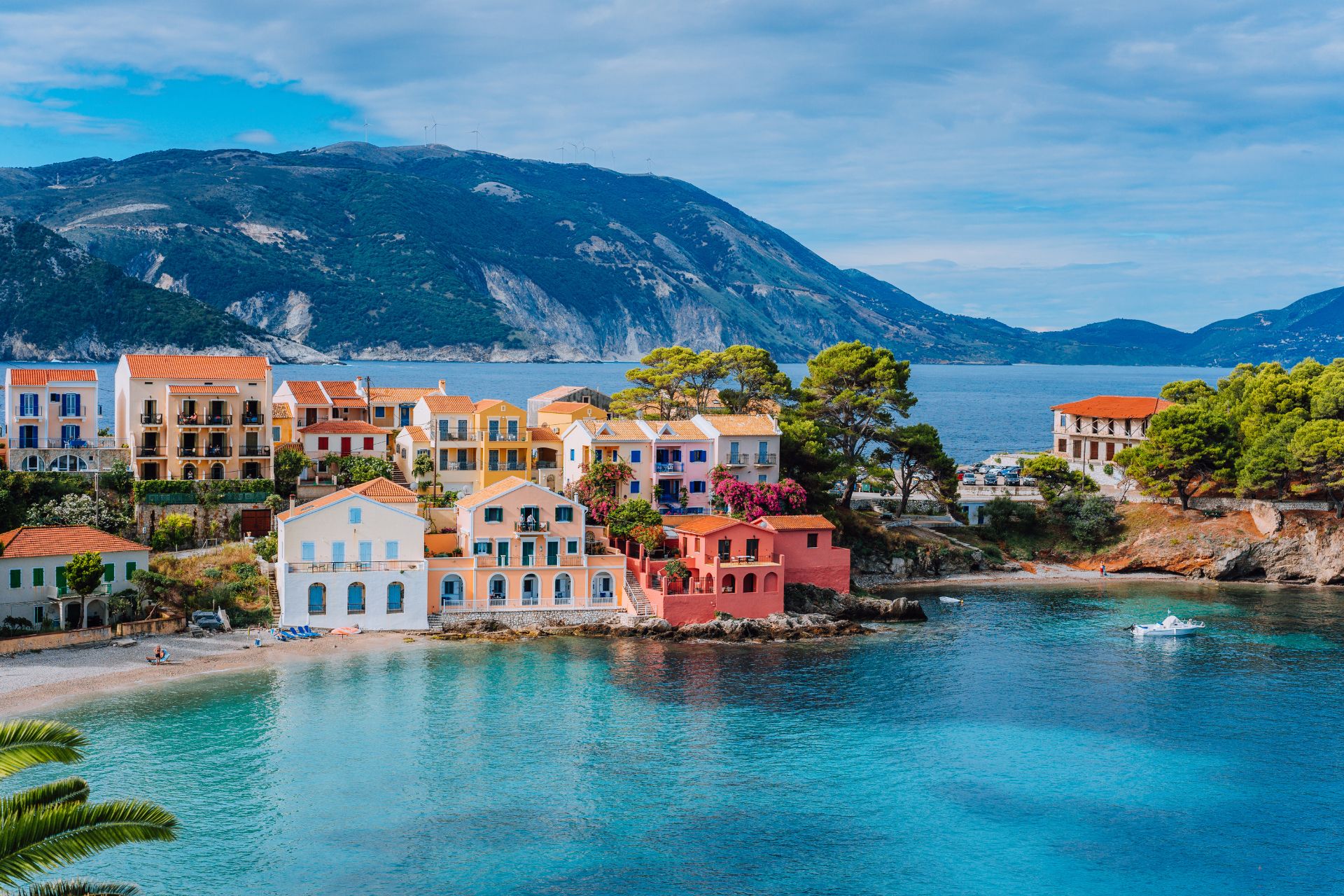Handy Tips For Disabled Visitors To Paris
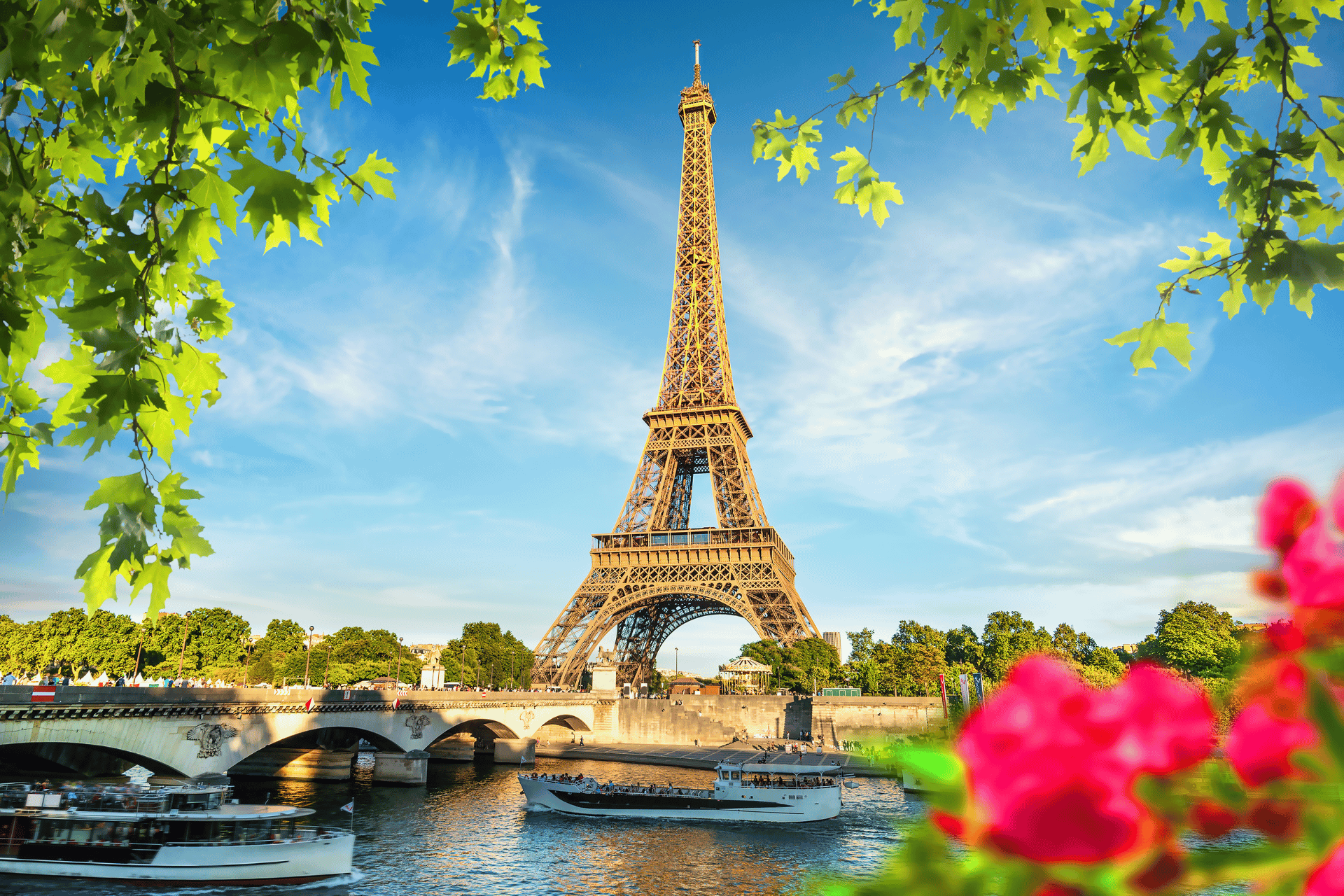
Paris is probably one of the most visited cities in Europe. It is set to be even more popular in 2024 as the eyes of the world will be on it, as it hosts both the Olympic and Paralympic Games. The city has long had a reputation for being one of the most romantic cities in the world, as well as the centre of the Fashion Industry, a cultural city and the capital of fine cuisine. So, there is plenty to attract the visitor and it is a city I fell in love with as a teenager and I have lost count of how many times I have visited this beautiful city.
Arriving in Paris
If you are arriving by air, the chances are you will be arriving in Paris Charles De Gaulle. This is the main airport in Paris. It is one of the largest and busiest airports in the World. There are 3 terminals which are well designed for the disabled traveler and have accessible toilet facilities in all terminals. There is PRM Assistance services but these need to be requested at time of booking your flight if possible but certainly not less than 48 hours ahead of your arrival.
If you are traveling to Paris by Eurostar, you can join the train at St Pancras in London, where there is Eurostar Special Assistance who will be able to assist you on to the train. If you are not able to walk more than 200 metres without assistance, then you will be able to remain in your wheelchair and you will be able to travel in Standard Plus or Business Plus where the wheelchair spaces are. If you can walk more than 200 metres and board the train and transfer to a seat you can store your foldable wheelchair in the luggage rack.
There is a concessionary fare for a companion, when you book and pay full fare in Standard Plus or Business Plus, which is that you can take a companion for the price of a standard fare. If you travel in standard plus you will enjoy a complimentary light meal. However, if you choose to travel in Business Plus you will enjoy a complimentary 3 course meal and champagne during your journey. When you get to Paris Gare Du Nord there is Eurostar Assistance to help you.
Arriving by Eurolines Coaches then like National Express who operate the London to Paris route they have wheelchair accessible coaches however the coaches only have one wheelchair space per coach and assistance dogs are permitted to travel. The coach leaves from London Victoria to Paris Bercy.
Public Transport
The Metro System presents many problems for the disabled traveler, particularly those of us with mobility impairment or use a wheelchair. The city has an aging Metro system and 13 of the 14 lines in the system are inaccessible to wheelchair users. Only Line 14 at present, has any accessibility for wheelchair users. However, Public Buses in the city are accessible to wheelchair users with an automatic ramp at the middle door and a wheelchair accessible space reserved close by. If you are looking to explore some of the suburbs of the city then you can take the RER trains which are accessible or the new trams. There is also a wheelchair accessible bus from Charles de Gaulle Airport into the city centre.
Hotels
Hotels in Paris, like many cities in the world have a wide variety of styles of hotel accommodation and levels of accessibility. In general, the older lower starred hotels tend to be less accessible than the more modern higher starred hotels. There are over 500 hotels that are accessible according to Parisinfo.com the Parisian Tourist Office website.
If you are looking for a budget hotel then F1 hotels are a good option for many disabled visitors. Two of the most popular of this brand are their Porte De Chatillon and Saint Ouen Marche Aux Puces.
Midrange hotels include the Hotel Ibis Paris Bastille Opera, I have personally stayed at this hotel and really loved its location and neighbourhood. Other midrange hotels include Campanile Paris La Villette or the Holiday Inn Express Paris Canal de la Villette.
If however you are looking for a touch of luxury then you could consider Le Meurice, with its Salvador Dali designed public rooms and tales of Salvador Dali staying there himself.
The 3 star Hotel Brittany at 3 – 5 Rue St has paid special attention to the needs of guests with sensory and neuro diverse disabilities.
It is important to remember that we all have different needs from hotel accommodation, so it is always advisable to check with your travel agent or the hotel direct what facilities each hotel offers.
Sightseeing Tours
The best way to see the city in a short space of time is to take a sightseeing tour. There are several hop on hop off bus tour companies operating in the city now. Probably the most well known of these are City Sightseeing and Toot Toot Buses. Most City Sightseeing Buses are wheelchair accessible with ramps and a wheelchair space on the lower deck. All Toot Toot Buses have an automatic ramp and wheelchair space on the lower deck. My recommendation is to do the full circuit of the tour, because there is only one wheelchair space if it is already taken you will have to wait for another bus that does have a vacant wheelchair space. Both these tours will take you along the main tourist routes and to the main sights. However, your view may be restricted due to the wheelchair space being downstairs.
There is an alternative way to explore the neighbourhoods of the city. The Another Paris Tours, you will easily spot these little blue tourist trains. I know, these little trains may not be the most obviously accessible tour but believe me they are. Not only are these little trains fully accessible to wheelchair users, they have a ramp at the back of the train. If you book ahead and let them know they will ensure seats are removed to create a space for a wheelchair.
One of the great things about these little blue trains is that they have large panoramic windows and a glass roof, so you will get to see more than on any bus tour. The other thing I love about these little trains is that they give you a much better idea of what the neighbourhoods you explore on these lovely little trains is that you will not just see the main drag but explore the side and backstreets that no tour bus can get down. There are five routes to choose from:
- The Royal Route exploring The Ile De La Cite, Marais and Ile St Louis.
- Academic Route exploring The Latin Quarter, Sorbonne and Left Bank.
- Artist Route exploring the fashionable St Germaine de Pres and Grenelle Neighbourhoods.
- Elegance Route exploring the wide boulevards, the Opera Garnier, and the Palais Royale.
- Bohemian Route exploring the Montparnasse neighbourhood and the secretive 14th Arrondisment.
Each tour lasts around 1 hour 15 minutes and costs around 13 Euros per person.
The Paris Tourist Office have created two accessible trails for wheelchair users and visitors with restricted mobility along the banks of the Seine. There is one trail on the Right Bank and One on the Left Bank giving the visitor some great views and photo opportunities. Ideal for putting your Instagram and Facebook Profiles to make your friends jealous. These walks can be downloaded from our Resources Page.
Eating Out
Paris is one of the best cities to visit if you love dining out. The city has a great choice of restaurants and bistros from small neighbourhood cafes through to Michelin starred fine dining establishments in the trendier parts of the city. Many of the restaurants over recent years have become more accessible to disabled diners. One of the best and accessible bistros is to be found on the 6th floor of the Printemps Department Store on Boulevard Hausmann.
But if you are looking for something a little different then Dans le Noir is a unique experience. You will as the name of the restaurant suggests dine in the dark and be served by blind waiters. However if you want a table with a view then 58 Tour Eiffel is going to be a perfect choice. The restaurant is 58 metres above the ground on the 1st stage of the tower. This is a very popular restaurant, so you must book early and in advance.
If you are in the St Germaine de Pres area there are two cafes that have a well earned and long-established reputation as being a favourite with artists and writers. They are the Café Deux Magots and Café Flore. They are literally stone’s throw from each other. These cafes have been the favourite hang out of people like Picasso, Apollinare, Simenon and many more. I particularly love visiting Deux Magots as the tables have little plaques telling you who liked sitting there, but more importantly it serves the richest, thickest and most delicious hot chocolate I have ever tasted and whilst it is very much an indulgence is worth every euro.
If you are looking for a great meal or drink at a reasonable price I have two tips that will serve you well. The first is to go off the beaten track and discover the joys of a neighbourhood café, bistro or restaurant that is popular with the locals. If all you hear are French voices then you know you are on to a winner. The second is avoid eating and drinking at the pavement tables. These tend to be a honeytrap for tourists. There is a sliding scale of prices in Parisian cafés, restaurants and bistros. Those sat at a pavement table pay more than those sat inside and the closer to the bar you sit the cheaper it is. Those sat at the bar are paying the lowest price.
Shopping
One of the great things about Paris is that the main shopping streets are very accessible. For example, Champs Elysee is flat and there are regular crossing points. The pavement is well maintained. Most of the shops on the Avenue are step free accessible, but there are a few that are not. The Champs Elysee has a mix of stylish hotels, premium car showrooms, designer shops and entertainment venues including the world famous Lido with it’s cabaret and Bluebell Girls.
Another popular shopping area is the areas around the Boulevard Hausmann, one very popular store is Printemps. Another popular department store close by is Galleries Lafyette. If you are a fan of designer fashion then Galleries Lafayette regularly hod catwalk fashion shows. If you give them prior notice, they will often arrange a space for you if you are in a wheelchair. These two stores are the Parisian equivalent of Harrods and Macys. They are an absolute must for anyone who is shopaholic.
If, however you are looking for something a little more unique and unusual then the flower market on the Ile de la Cite in the shadow of Notre Dame in Place Louis Lepine is an absolute delight for all the senses. It is one of those places you can just wander around for hours but get there early for the best experience. If you like a good old rummage then Marche aux Puce (The flea market) out in the St Ouen suburb is well worth a visit. It is open Saturday, Sunday and Monday but to get the best bargains get there before lunch as the afternoons get very busy.
Take A River Boat Cruise
One of my favourite ways to see Paris is from the river. There is nothing more relaxing than sailing through one of the world’s most famous cityscapes. The most famous of the river cruise operators is Bateaux Mouches and their boats are accessible, however there is no accessible toilet on board, but there is on the quayside where you embark and disembark. There is a wheelchair space on the routine cruises and dogs registered with a training charity affiliated to Assistance Dogs International are welcomed. Bateaux Mouches also offer lunch and dinner cruises, both of which are accessible to wheelchair users. The boats depart from close by the Place de la Concorde.
Bateaux Parisien are another river cruise company that offer accessible river cruises with step free access and allocated wheelchair spaces. L accessible toilet facilities on shore but not on board. They also offer Lunch and Dinner Cruises. The boats depart from the Eiffel Tower and Notre Dame.
Art Galleries and Museums
Paris has a wide variety of museums and art galleries some are massive, whilst others are small and intimate and cover a whole range of subjects and artistic styles. Most of the major museums and art galleries tend to be very accessible as a rule, however some of the smaller museums are less if at all accessible.
Possibly the most famous museum in Paris is the Louvre. It is one of the largest collections of art in the world. You can access the museum by taking the central lift in the Pyramid (nicknamed the Tube). Your first port of call should be the enquiry desk, who will be able to assist you and where you can get your ticket. As a disabled visitor you are entitled to free admission for your self and a companion. Whilst you are at the enquiry desk there are folding chairs, wheelchairs and walking sticks that are available on free loan. You can also ask for a member of staff escort you to the gallery spaces. There are ten spots available in the auditorium for wheelchair users to attend talks etc. There are also restroom facilities in the Pyramid and in the galleries.
For visitors with hearing impairment there is an audio guide on a Nintendo 3DS XL, which tells you the history of the palace and its artworks. Tours are also available in French Sign Language. The museum has two spaces that are particularly dedicated to those who have a visual impairment. These are the Pavilion de l’Horloge. This Pavillion explores the history of the Louvre and how it developed through the ages. There are tactile devices to help understand the architecture of the palace and how it developed over the centuries. The Islamic Art Department and gallery also have tactile devices to help visually impaired guests appreciate the beauty of the exhibits.
Visitors with Neuro-diverse impairments are offered a self-guided visit route brochure that will help them locate areas with natural light and optimal lighting. The museum also recommends 2 rooms in particular The origins of the Louvre: The medieval Louvre and The Khorsabad Courtyard. Visitors with neuro-diverse disabilities can also pick up noise cancelling headsets and sensory bags from the enquiry desk. The important thing to remember is that the Louvre is one of the largest art galleries in the world and it is impossible to see everything in one visit.
Across the river on the left bank is the Musee d’Orsay one of the world’s finest collections of 19th Century Art. Here you will find works from Monet, Van Gogh, Renoir, Rodin and many others. The museum is housed in the old railway station Gare d’Orsay. Visitors with a disability can get free admission for themselves and one companion. This is a truly beautiful building housing some of the world’s most famous works of the 19th century artists. For me personally this is a must-see museum.
The museum is fully accessible and has accessible washrooms. One of the great things is that the tours are accessible to wheelchair users as well and guides are equipped with microphones that are hearing loop enabled. You can borrow a hearing loop on a lanyard from the enquiry desk. If you are visually impaired you can borrow an audio guide and they also have a team of volunteers that can describe and provide the visually impaired visitor with descriptions and information to access the works. To access this service you have to request it 15 days in advance. Visitors with a cognitive or neuro-diverse disability may find it best to visit on Wednesday or Friday Mornings or a Thursday evening from 6.45pm when it is much quieter.
Crossing the river again to the right bank is my personal favourite art gallery not just in Paris, but in the world. It is one of those hidden gems that really is well worth the time to discover. The Orangerie Museum is in one corner of The Tuilleries Gardens. As it’s name suggests it was once an orangeries conservatory of the Louvre. Today it houses what was once of the world’s greatest private collections of impressionist and post impressionist paintings, with works from Renoir, Cezanne, Monet, Picasso and Modigliani. But take the lift to the basement and you will discover one of the world’s best kept art secrets. Many art galleries around the world have small versions of Monet’s Water Lilies, but in this basement you will see the spectacular complete work and I guarantee it will blow you away.
The main entrance does have steps up to it but there is a step free wheelchair entrance. Once inside the gallery has step free access. However, be warned to get to the wheelchair entrance there are both gravel and cobbles. But it is worth the effort.
Views of Paris
Paris is one of the most beautiful cities to view from any height and the city has several great places to view the panorama from. Probably the most famous and most popular is the Eiffel Tower. You can but time stamped tickets up to 60 days in advance or you can buy them on the day. To get a disability concession price ticket you need to provide proof of disability in the form of disability justification document. Once you arrive you will need to join one of the guest queues and make yourself know to one of the security staff, who will guide you through the security checks. If you are buying your tickets on the day, you will be guided to a fast-track ticket booth and assisted to get your ticket.
Once you are through the ticket purchasing and security you take the lift to the 2nd floor where you can get some amazing views. The lower platform of this floor is fully accessible both inside the buffet, shops and toilets as well as the external viewing area. To get to the 1st floor you take the lift. Here you will find three pavilions housing the Bistro, the store and and the famous Gustav Eiffel room. In the exhibition some of the panels are written in braille and others are printed in relief. Unfortunately, the top of the tower is not accessible to anyone in a wheelchair or mobility impaired.
The Montparnasse Tower is the tallest building in Paris and on a clear day has one of the best views of Paris and beyond. The tower is a skyscraper office block in the 15th Arrondisment. Its main entrance is on rue de l’Arrivee. The ticket office has step free accessibility. You then take the Accessible lift up to the 56th Floor to get a truly magnificent view and there is an app called Magnicity to help you understand the view. The viewing area on Floor 56 is called Space 56 and has full accessibility and a changing space toilet as well as catering and WiFi access.
If it is a sunny day then one of the best views of Paris is from just outside the Sacre Coeur. To get there you are probably best to take an accessible taxi. The view is stunning and afterwards you could visit Place du Tertre famous for it’s artists. However there are cobbles and the surface maybe uneven.
I hope this article has been helpful and may be has inspired you to visit this beautiful and fascinating city. If it has inspired you to try a city break, then take a look at our offers on the website.
